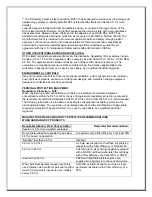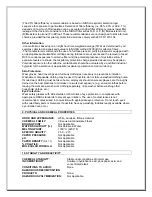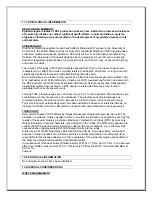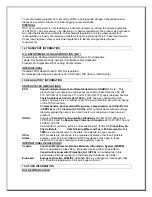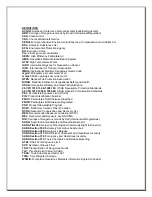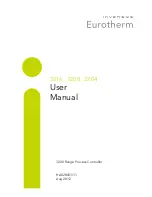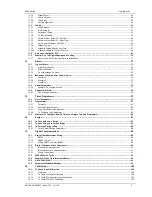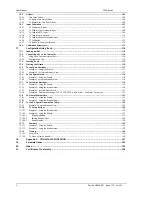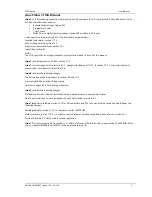
11. TOXICOLOGICAL INFORMATION
HEALTH DATA SUMMARY
Epidemiological studies of RCF production workers have indicated no increased incidence
of respiratory disease nor other significant health effects. In animal studies, long-term,
high-dose inhalation exposure resulted in the development of respiratory disease in rats
and hamsters.
EPIDEMIOLOGY
In order to determine possible human health effects following RCF exposure, the University of
Cincinnati in the United States and the Institute of Occupational Medicine (IOM) in Europe have
conducted medical surveillance studies on RCF workers in U.S. and European manufacturing
facilities. The University of Cincinnati study has been in progress for over 20-years, collecting
data from respiratory questionnaires, lung function tests, and chest X-rays, exposure monitoring,
and worker mortality.
The results of this study of RCF plant workers exposed from 1953 to the present have shown
(LeMasters
et al
, 2003): No excess mortality related to all deaths, all cancers, or lung cancer No
statistically significant increase in interstitial findings (fibrosis), and
No mesotheliomas or increase in lung cancer The initial cross-sectional spirometry studies in the
U.S. (LeMasters
et al.
1998) and Europe (Cowie
et al.
2001) revealed lung function decrements in
the RCF-exposed cohort that were associated with heavier historical exposures. Subsequently,
longitudinal studies have revealed no RCF exposure related decrements in lung function
associated with current exposure levels.
Through 1996, pleural plaques seen on chest X-rays in 2.7% of the workers. Pleural plaques are
considered a marker of exposure and not disease. The prevalence of pleural plaques has
remained relatively constant over time, perhaps as a result of lower current exposure levels.
Thus, this long term epidemiology study has demonstrated an absence of interstitial fibrosis, no
increased mortality risk and no decrement in lung function associated with current exposures.
TOXICOLOGY
Early animal studies of RCF effects by intraperitoneal and intrapleural injections, as well as by
inhalation, resulted in mostly negative results. In an effort to eliminate any questions posed by the
results of these early studies, a definitive
Maximum Tolerated Dose Study
(MTD) by nose only,
lifetime inhalation in rats and hamsters, was designed in the 1980s. The MTD study appeared to
confirm that RCF was an animal carcinogen under certain test conditions, e.g., extremely high
concentrations of approximately 200 f/cc inhaled directly into the lungs.
A later review of the MTD pathology indicated that the animals’ lungs were likely “overloaded”
because of large quantities of non-fibrous particles, and that this overload condition was likely
responsible for the disease observed. In fact, evaluation of the aerosol samples used confirmed
the presence of significant quantities of particulate matter.
In a subsequent multi-dose animal inhalation study at 25 f/cc, 75 f/cc, and 115 f/cc; a
no observed
effect level
(NOEL) was found at 25 f/cc. This level is 50 times the RCFC recommended REG of
0.5 f/cc for
humans.
12. ECOLOGICAL INFORMATION
No ecological concerns have been identified.
13. DISPOSAL CONSIDERATIONS
WASTE MANAGEMENT
Summary of Contents for XST-2-0-12-1V1-E28
Page 16: ...12 FURNACE TROUBLE SHOOTING ...
Page 27: ...ɸ ...
Page 28: ...ɸ ...
Page 29: ......
Page 30: ......
Page 31: ...3216 3208 3204 User Manual 3200 Range Process Controller HA028651 11 Aug 2012 ...
Page 170: ...User Manual 3200 Series 138 Part No HA028651 Issue 11 0 July 12 21 Certificate of Conformity ...
Page 171: ......
Page 173: ...Model 2416 Process Controller User Manual Part No HA025041_12 Date August 2014 ...
Page 174: ...This page is intentionally blank ...
Page 259: ...This page is intentionally blank ...













